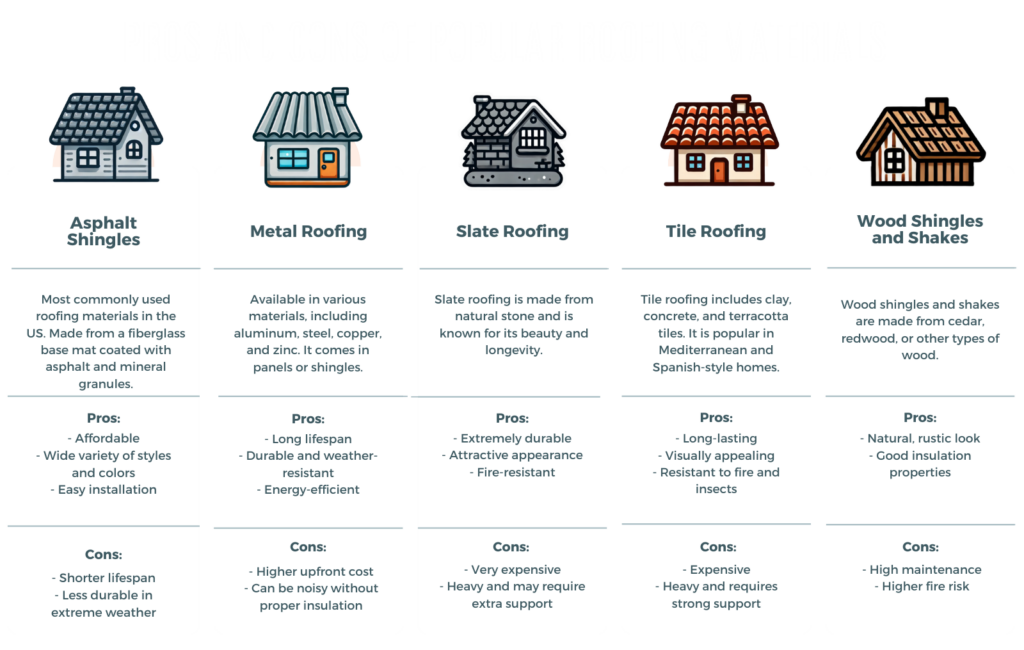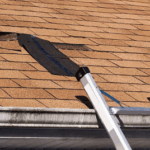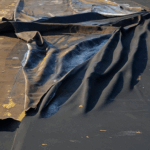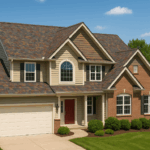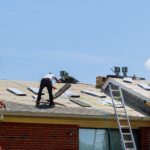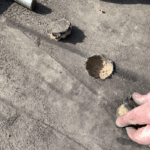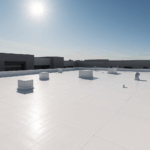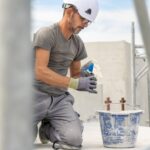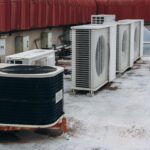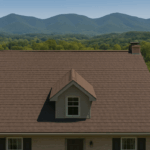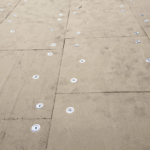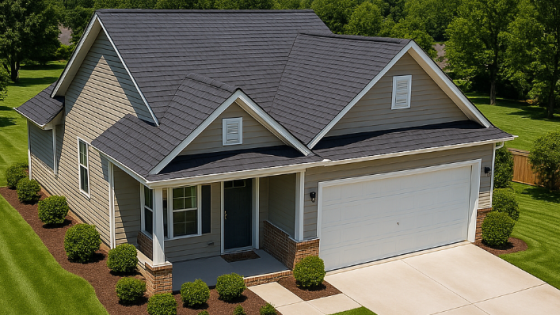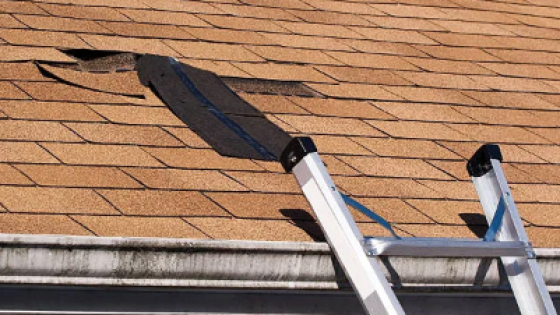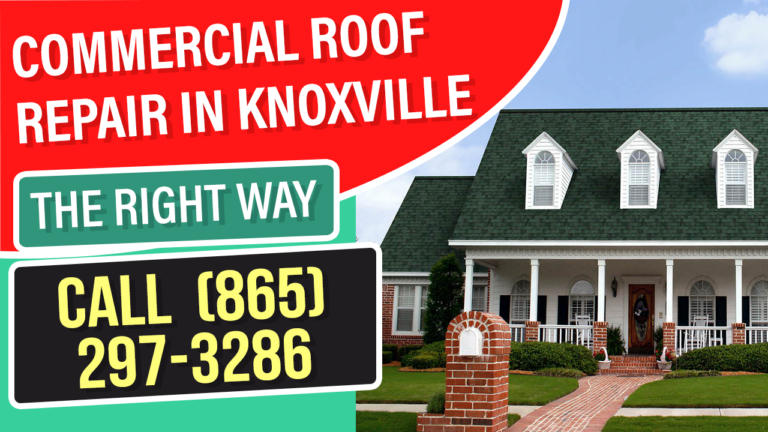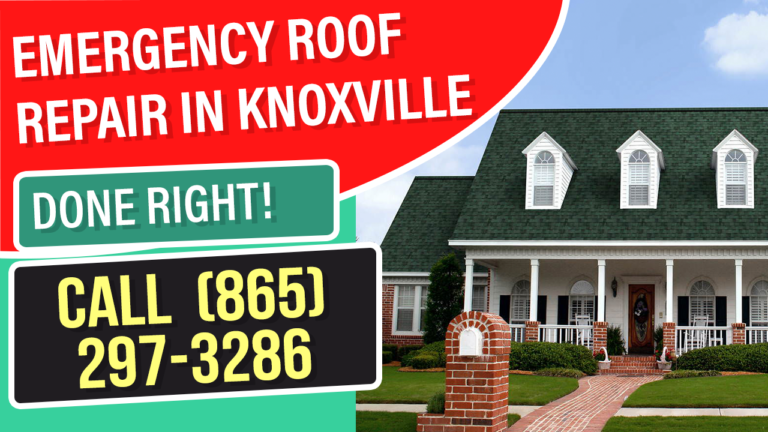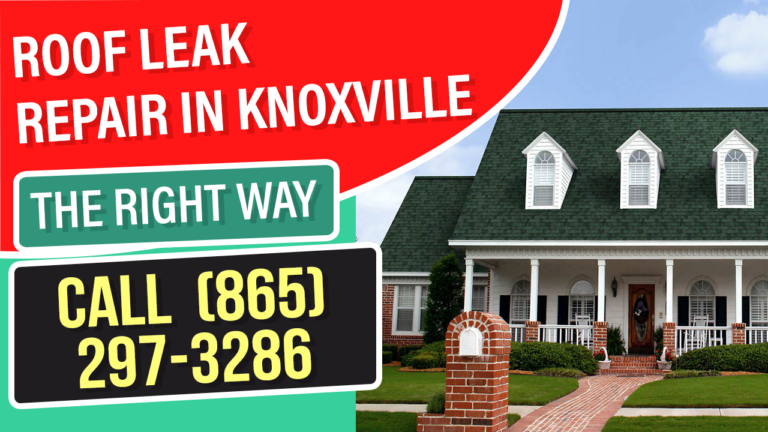Choosing the right roofing material for your home is a critical decision that impacts the durability, aesthetics, and overall value of your property.
For homeowners in Knoxville, TN, understanding the various roofing options available and their specific advantages and disadvantages can help you make an informed choice.
This guide will explore the most popular roofing materials, factors to consider, and tips for selecting the best option for your home.
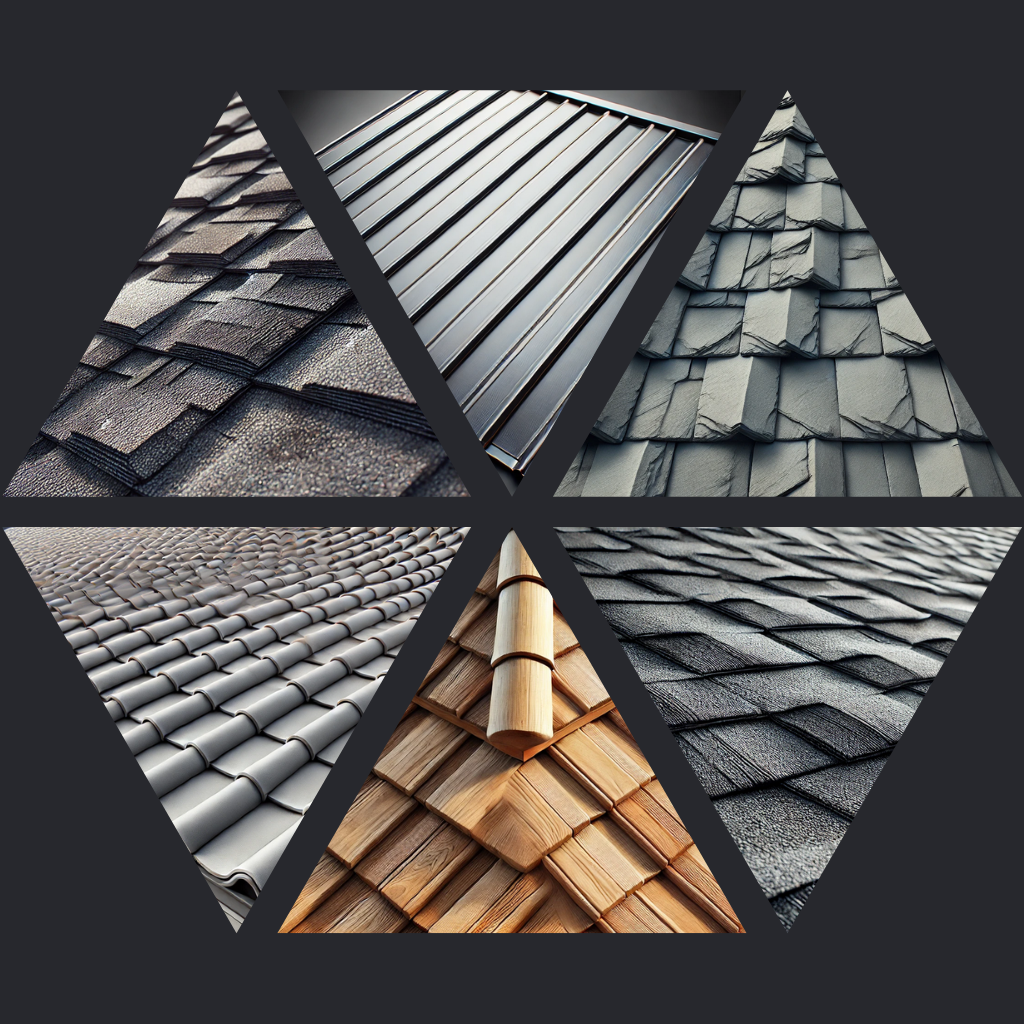
Popular Roofing Materials
Asphalt Shingles
Asphalt shingles are one of the most commonly used roofing materials in the United States. They are composed of a fiberglass base mat, which is then coated with asphalt and topped with mineral granules. This combination creates a durable and weather-resistant surface that protects homes from various elements. Asphalt shingles come in two main types: three-tab shingles and architectural shingles. Three-tab shingles are more traditional and cost-effective, while architectural shingles are thicker, offering a more textured and visually appealing finish.
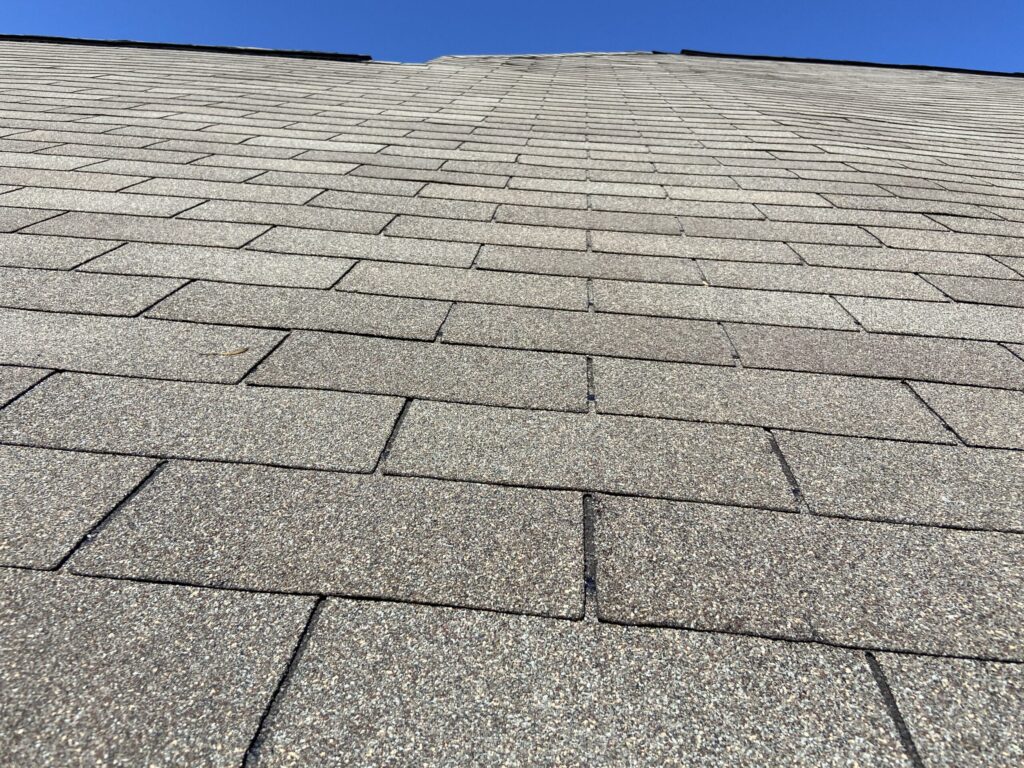
Advantages:
Cost-Effective: Asphalt shingles are relatively inexpensive compared to other roofing materials, making them a popular choice for budget-conscious homeowners.
Variety: Available in a wide range of colors and styles, allowing homeowners to choose a design that complements their home’s exterior.
Easy Installation: The installation of asphalt shingles is quick and straightforward, which can reduce labor costs and installation time.
Disadvantages:
Durability: Asphalt shingles typically have a shorter lifespan (20-30 years) compared to other materials, requiring more frequent replacements.
Weather Sensitivity: They can be prone to damage in extreme weather conditions, such as high winds or hail, which may necessitate repairs or replacements.
Metal Roofing
Metal roofing is available in various materials, including aluminum, steel, copper, and zinc. It comes in the form of panels or shingles, providing a sleek and modern look. Metal roofs can mimic the appearance of other roofing types, such as shingles, tiles, or slate, offering versatility in design. They are known for their durability and energy efficiency, making them an excellent long-term investment.
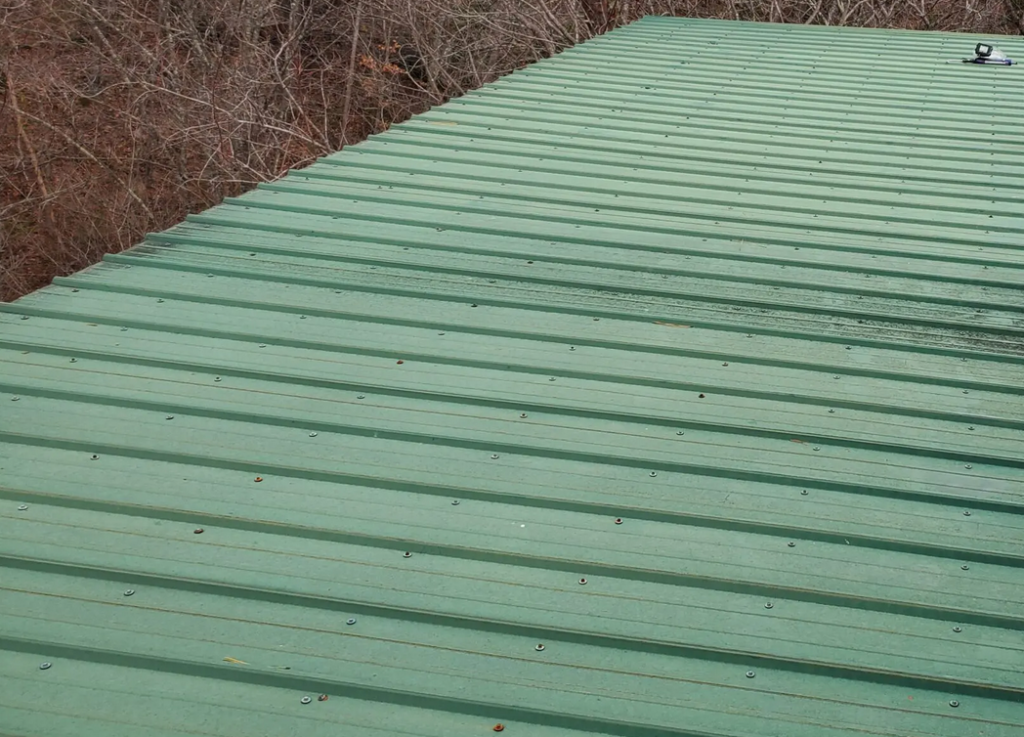
Advantages:
Longevity: Metal roofs can last 40-70 years, depending on the material, which makes them a cost-effective option over time.
Durability: Metal roofs are resistant to harsh weather conditions, including wind, hail, and fire, providing reliable protection.
Energy Efficiency: Metal roofing reflects solar heat, reducing cooling costs in the summer and making homes more energy-efficient.
Disadvantages:
Cost: The initial cost of metal roofing is higher compared to asphalt shingles, though the long-term savings on maintenance and energy bills can offset this expense.
Noise: Without proper insulation, metal roofs can be noisier during rain or hail, which may require additional measures to reduce sound.
Slate Roofing
Slate roofing is made from natural stone, known for its exceptional beauty and longevity. This high-end roofing material is cut into thin, flat pieces and installed in an overlapping pattern. Slate roofs are often seen on historic or upscale homes, providing a timeless and elegant appearance.
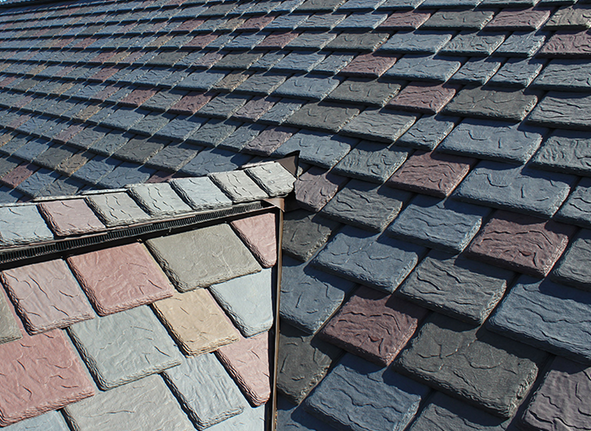
Advantages:
Aesthetic Appeal: Slate roofs offer a unique and elegant look that can enhance the overall aesthetic of any home.
Durability: With proper maintenance, slate roofs can last over 100 years, making them one of the most durable roofing options available.
Fire Resistance: As a natural stone, slate is inherently fire-resistant, adding an extra layer of safety to your home.
Disadvantages:
Cost: Slate is one of the most expensive roofing materials, both in terms of material and installation costs.
Weight: The heavy weight of slate requires additional structural support, which can increase the overall cost and complexity of the installation.
Tile Roofing
Tile roofing includes clay, concrete, and terracotta tiles, commonly used in Mediterranean and Spanish-style homes. These tiles are known for their distinctive appearance and durability, often seen on homes in warm climates.
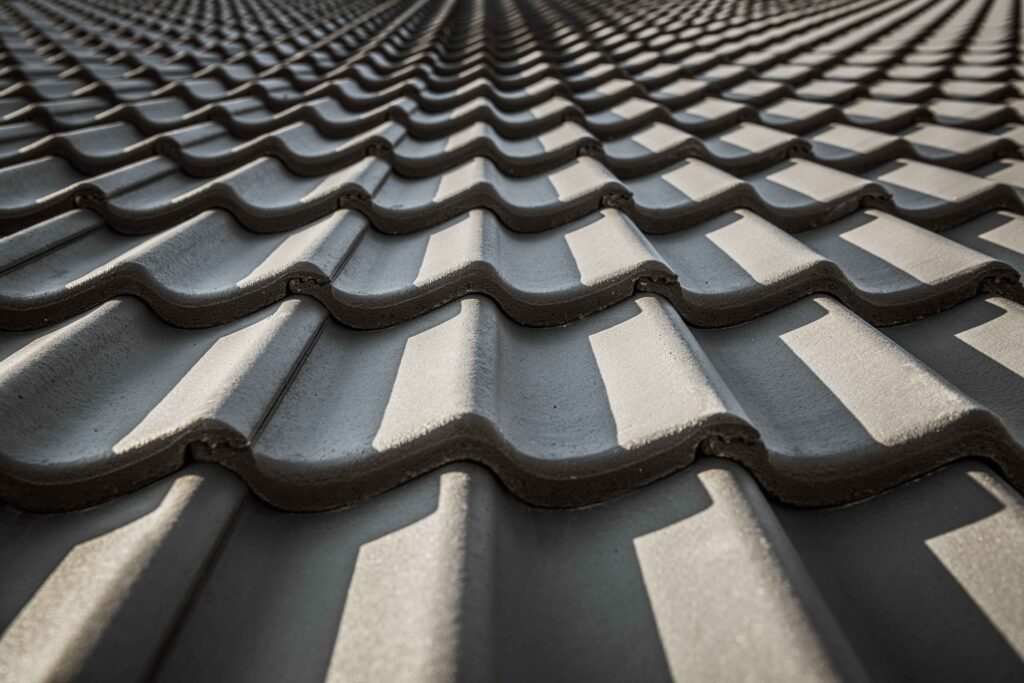
Advantages:
Longevity: Tile roofs can last 50-100 years or more, making them a long-lasting roofing solution.
Aesthetic Appeal: Tiles offer a distinctive and attractive appearance that enhances the curb appeal of homes, particularly those with Mediterranean or Spanish architecture.
Durability: Tile roofs are resistant to fire, rot, and insect damage, providing robust protection for homes.
Disadvantages:
Cost: Tile roofing has a higher initial cost compared to asphalt shingles, though the extended lifespan can justify the investment.
Weight: Like slate, tile roofing is heavy and requires strong structural support, which can add to the installation cost.
Wood Shingles and Shakes
Wood shingles and shakes are crafted from cedar, redwood, or other types of wood, providing a natural and rustic look. Shingles are machine-cut for a uniform appearance, while shakes are hand-split for a more textured and irregular look.
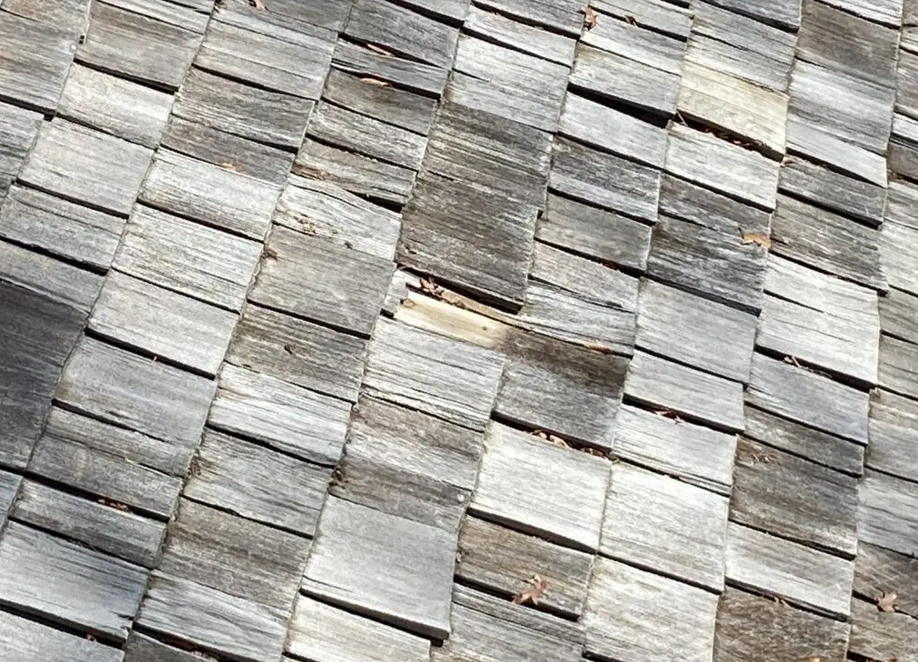
Advantages:
Natural Beauty: Wood shingles and shakes offer a rustic and natural appearance that blends seamlessly with the environment.
Insulation: Wood provides good insulation properties, helping to regulate indoor temperatures and improve energy efficiency.
Disadvantages:
Maintenance: Wood roofing requires regular maintenance to prevent mold, rot, and insect damage, which can add to the overall cost.
Fire Risk: Unless treated with a fire-resistant coating, wood shingles and shakes pose a higher fire risk compared to other materials.
Factors to Consider When Choosing Roofing Material
Climate and Weather Conditions
Knoxville, TN, experiences a range of weather conditions, including hot summers, cold winters, and occasional severe weather. It’s essential to choose a roofing material that can withstand the local climate. For example, metal roofing and slate are excellent options for durability and weather resistance.
Budget
Your budget is a significant factor in deciding which roofing material to use. Asphalt shingles are cost-effective and suitable for homeowners on a tighter budget. However, investing in more durable materials like metal or slate can save money in the long run due to their longevity and low maintenance requirements.
Aesthetic Appeal
The appearance of your roof plays a crucial role in your home’s overall curb appeal. Choose a roofing material that complements your home’s architectural style. For instance, tile roofing is ideal for Mediterranean or Spanish-style homes, while wood shingles provide a rustic charm.
Longevity and Durability
Consider the lifespan and durability of each roofing material. While asphalt shingles are less expensive, they have a shorter lifespan compared to metal or slate roofing. If you plan to stay in your home for many years, investing in a long-lasting material may be more cost-effective.
Maintenance Requirements
Different roofing materials have varying maintenance needs. Wood shingles and shakes require regular upkeep to prevent rot and insect damage, while metal and slate roofs require minimal maintenance. Consider your willingness and ability to perform or pay for ongoing maintenance when selecting a roofing material.
Environmental Impact
If environmental sustainability is important to you, consider the eco-friendliness of the roofing materials. Metal roofing is often made from recycled materials and is fully recyclable at the end of its life. Wood shingles can be sourced from sustainably managed forests, and some asphalt shingles are available with recycled content.
FAQs about Roofing Materials
The lifespan of a roof in Knoxville, TN, depends on the material used. Asphalt shingles typically last 20-30 years, while metal and slate roofs can last 50 years or more.
Metal roofing is highly reflective and energy-efficient, making it an excellent choice for hot climates.
Yes, metal roofing is often made from recycled materials and is fully recyclable. Wood shingles from sustainably managed forests are also eco-friendly options.
In some cases, you can install a new roof over an existing one, but it's best to consult with a professional roofer to ensure it does not compromise the roof's integrity.
Regular inspections, cleaning gutters, removing debris, and addressing minor repairs promptly can help maintain your roof's condition.
Metal roofing is highly resistant to wind damage, making it a good choice for areas prone to high winds.
The cost to replace a roof in Knoxville varies depending on the material and size of the roof. On average, it can range from $8,000 to $20,000.
Yes, materials like metal roofing can reflect solar heat, reducing cooling costs in the summer and improving your home's energy efficiency.
Which Roofing Material To Use
Deciding which roofing material to use involves considering various factors, including climate, budget, aesthetics, and maintenance requirements. For homeowners in Knoxville, TN, it’s essential to choose a material that suits your needs and withstands the local weather conditions. Consult with a professional roofing contractor to explore your options and ensure a high-quality, long-lasting roof for your home.


